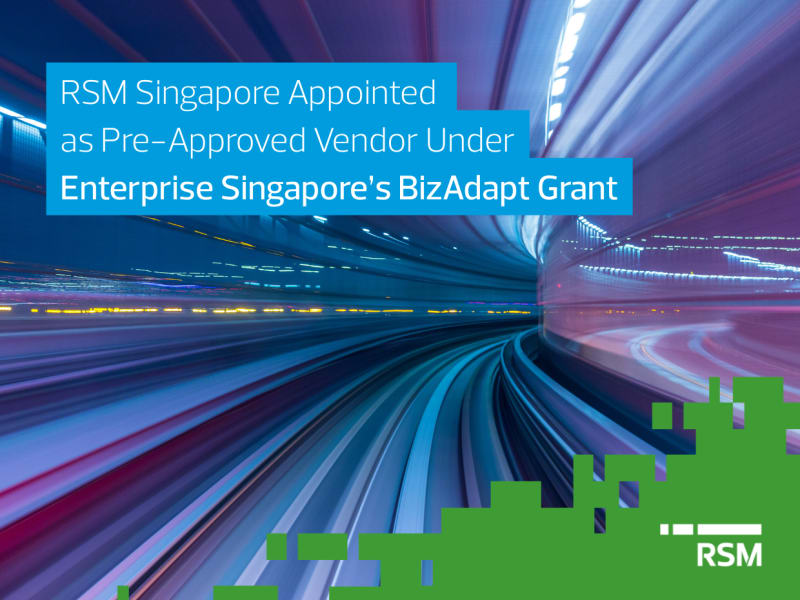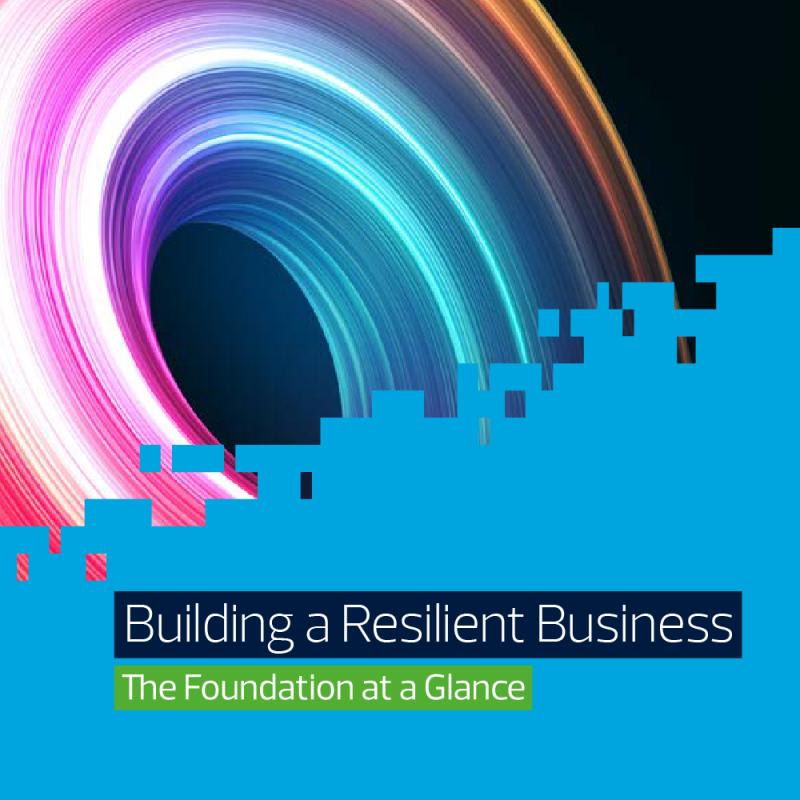
Growing a Sustainable Business
We kickstarted the year with our annual calendars that we have been gifting clients for the past many years.
For this year’s theme on Growing a Sustainable Business, we shine the spotlight on business leaders who are helming growing businesses – most of whom are founders or second-generation successors of some of Singapore’s successful home-grown enterprises. They share snippets of their business journeys, what has grounded and guided them as they navigated the ever-evolving business landscape and increasingly globalised economy.
From managing disruptions to rising above the multitude of challenges – including the waves of digitalisation and ESG concerns in recent years – these leaders share their perspectives on success, succession, and sustainability in today’s new normal of a highly volatile environment.
Here is December’s feature on Lim See Wah, CEO of Hyphens Pharma International Ltd., where he shares his well-wishes in celebration of our 40th anniversary.
About RSM
RSM Singapore is the largest professional services firm outside the Big Four in Singapore and a member of RSM, the sixth-largest network of audit, tax and consulting professionals. As part of this integrated global network with offices worldwide, we share skills, insights, and resources, guided by a client-centric approach and a deep understanding of your business.
Countries
We have firms in 120 countries and are in each of the top 40 major business centres throughout the world
People
We have combined staff of over 65,000
Offices
We have over 900 offices across the Americas, Europe, MENA, Africa and Asia Pacific












